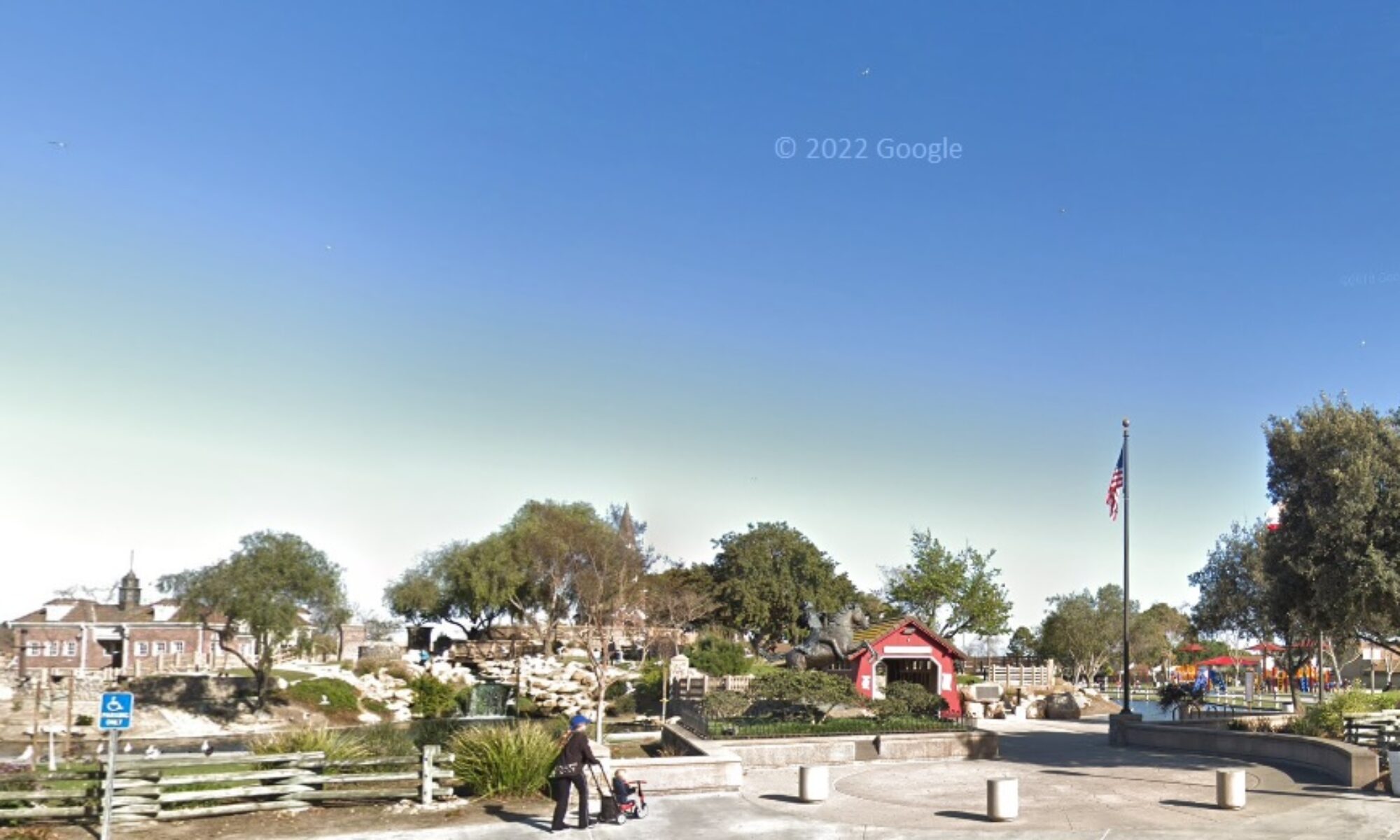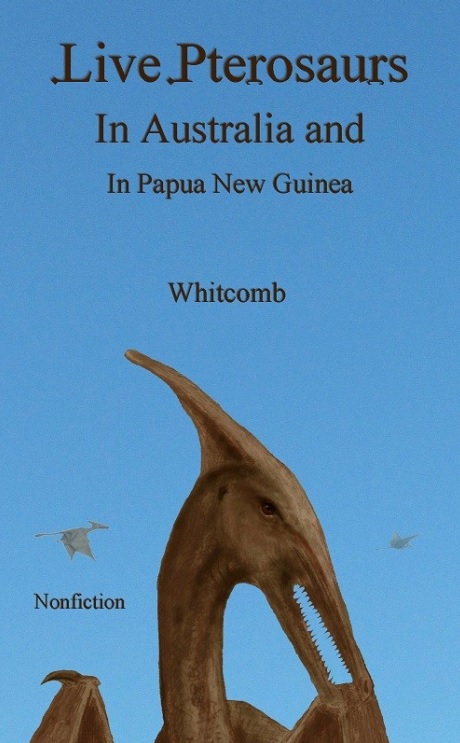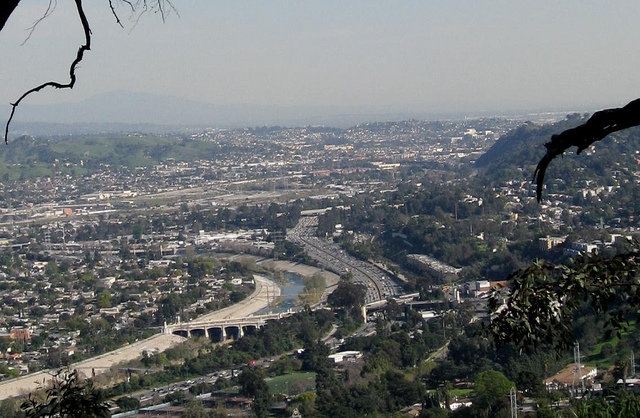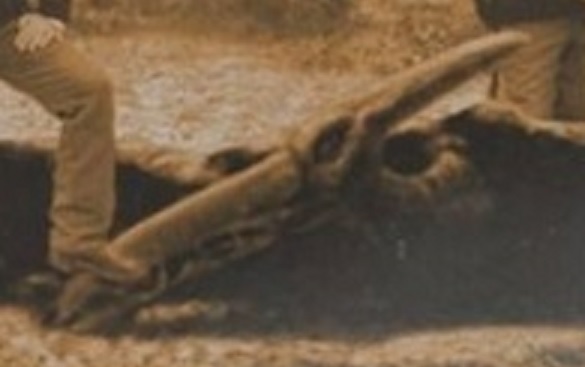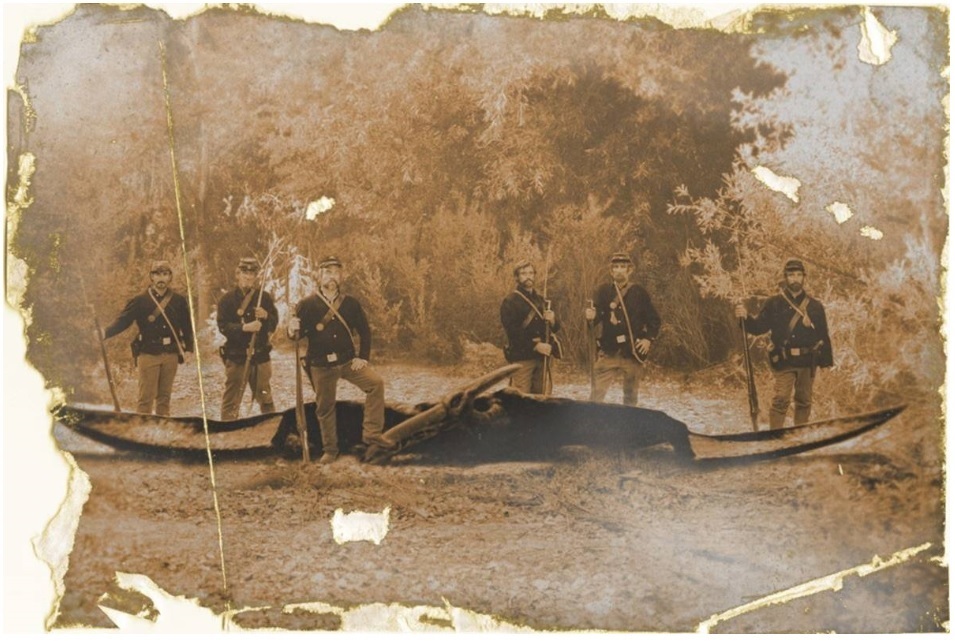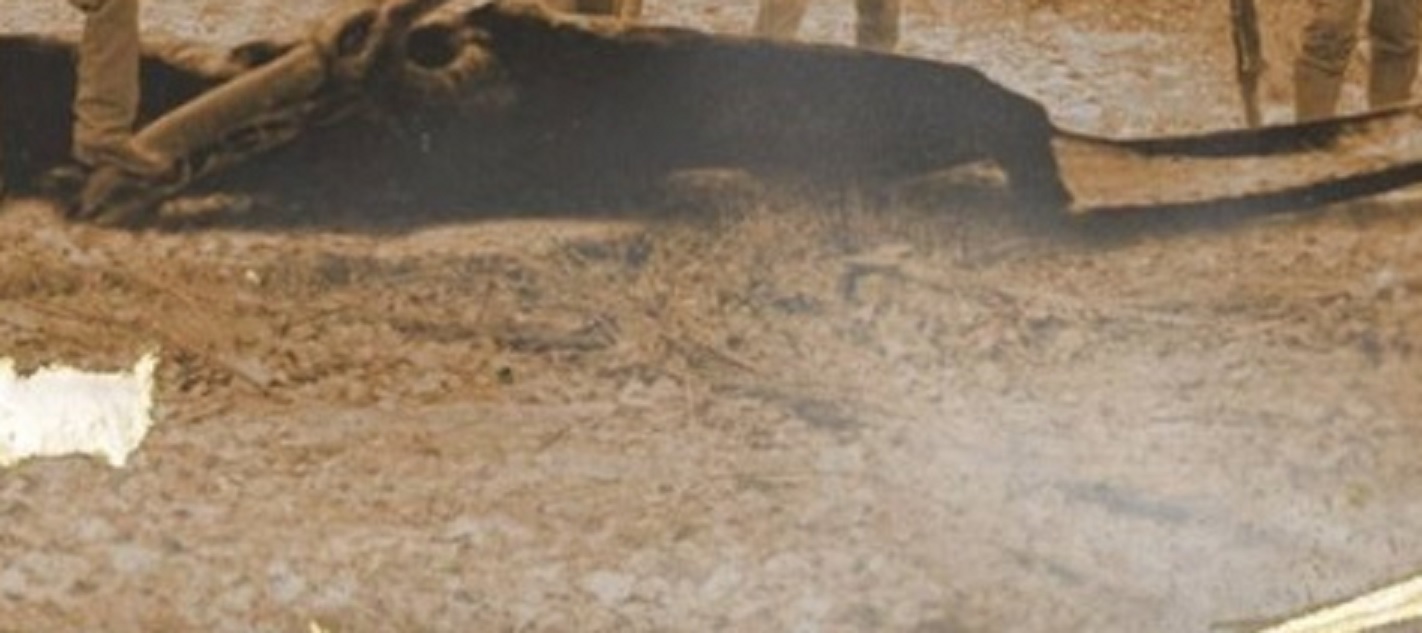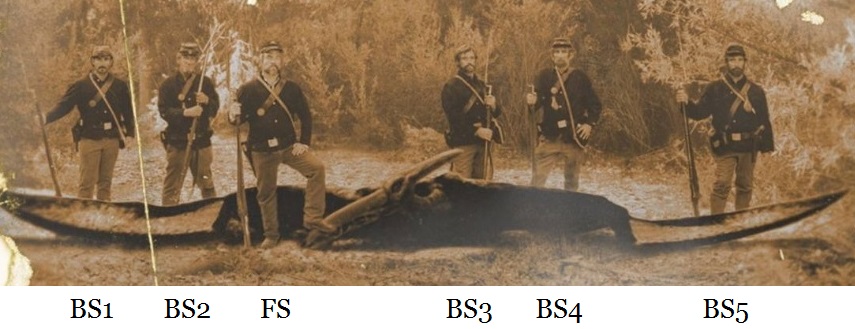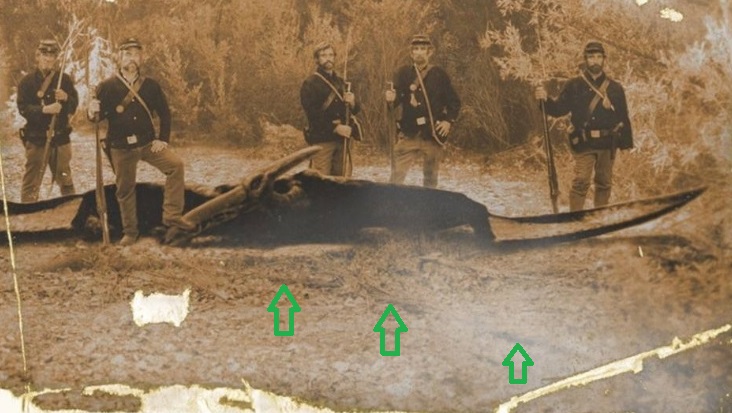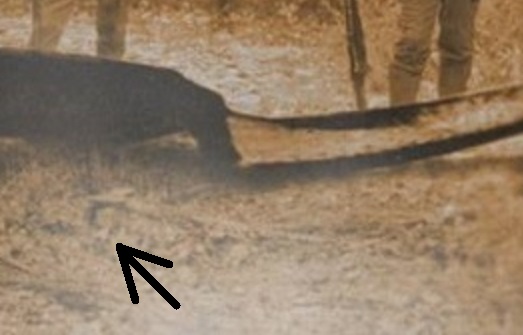By Jonathan Whitcomb
This free cryptozoology book is about reports of nonextinct “pterodactyls” in the southwest Pacific. The following are quotations from this online pdf book:
Chapter one: “How can pterosaurs be alive?”
Almost nobody is unmoved by an encounter with a living pterosaur, although some eyewitnesses refuse to lay aside the dogma of universal extinction. How many eyewitnesses hold onto that dogma? How can I tell? Those are the ones who feel safer hiding in the shadows, the ones who fear being bitten by the words of skeptics, the ones who never get in touch with me or with any other cryptozoologist. . . .
Some Americans and Australians hesitate to report their shocking sightings of flying creatures that appear like what should not exist. That’s the way things are. We may understand something of what they feel. They have the right to remain silent, and they have the right to avoid being burned by skeptics. But you have a right to know why some eyewitnesses are hesitant to report shocking encounters. You’ll see an example in the chapter about the 1944 sighting by Duane Hodgkinson and his tight-lipped army buddy.
Chapter six: “The Perth Creature”
In Australia, eyewitnesses also see large flying creatures unlike any bird or bat; unlike natives of Papua New Guinea, however, most Australians have no common tradition of any extant flying creature larger than any bird or bat. Most Australians do know the Western assumption that all dinosaurs and pterosaurs became extinct millions of years ago; but that Western tradition slaps eyewitnesses in the face. How do you tell a friend, neighbor, or relative that you saw a live pterodactyl? . . .
” . . . I, at the time, however, estimated the size to be in excess of thirty foot, possibly as great as fifty foot. My eyes told me it was nearer the greater of these, my rational mind wants me to believe the lesser, since either of these is astounding for a flying creature . . .”
.
.
###
.
Whitcomb on radio talk show in Australia
On September 25th, [2012]I was interviewed, by telephone, by Aaron Wright of Mysterious Universe, in Australia. It was not a live radio show but was audio-edited and broadcast (or published) on a podcast around September 28th. . . .
Jonathan: Most species of pterosaurs have become extinct at some time in the past . . . What we’re trying to portray to the world is that we’ve discovered a large number of eyewitnesses, from different parts of the world, who testify of something that couldn’t be anything other than one or more species of living pterosaur.
.
Communicate with this cryptozoologist
.
Apparent Genuine Photo of a Pterodactyl
The following image (Ptp) may have originated from a genuine photograph in the 19th century, although it was very unlikely to have been during the American Civil War, which ended in 1865.
.
Locations Where Living Pterosaurs Have Been Reported
.
Pterodactyl Sightings and Group Think
This YouTube video explains that the cognitive bias “group think” prevents some people from finding out the truth about sightings of modern living pterosaurs, a.k.a. “pterodactyls”.
.
Loss Aversion and Living Pterosaurs
Here is another cognitive bias that interferes with people’s ability to evaluate reports of non-extinct pterosaurs.
.
